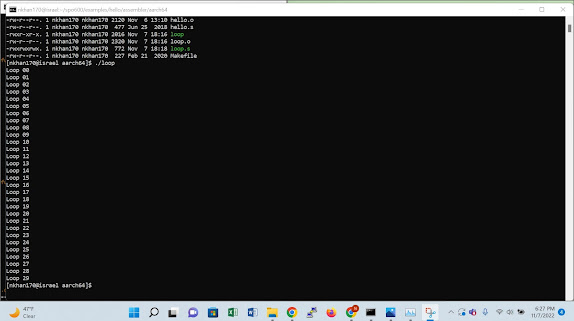SPO-Project concepts and tools.(Part 1)
Through the next couple of days, I will publish a series of blogs about different tools and concepts that will be useful for me to implement the final project of my SPO600 course. In this blog I will talk about GCC and how does it work.
GCC Compiler:
GCC stands for GNU Compiler Collection which is an
optimizing compiler and it is a product of GNU project. It supports various
programming languages, hardware architectures and operating systems. It is a
key component in the GNU toolchain. Most of the projects related to GNU and the
Linux kernel uses GCC as their compiler. This has been made available as a free
software.
GCC working principle:
GCC is a toolchain which compiles and links code with any of
the library dependencies and then converts that code to assembly language.
After that it prepares executable files from it. GCC follows the standard UNIX
design mechanism which uses simple tools to perform individual tasks well. When
we run GCC with a source code file, at first it uses a preprocessor to add a
header files and discard comments. After that is tokenizes the code, expands
macros and detects any compile time issues. Then it prepares the code for
compilation which then converted into an assembly code. The assembler then
convert this code to a format which the system understands which is called
binary executable format. The final product is appeared as an executable format
for the respective system.
GCC features:
1. Strong focus was given on portability while GCC was
written in C. Besides it can compile itself. Therefore it can be adapted to any
new systems.
2. Having a modular design, GCC allows support for new
languages and architectures that are need to be added.
3. GCC uses the recent feature libgccjit which enables the
use of “GCC as a library”.
4. It can control various optimization settings using the
command line option –param
5. As GCC is a free software, everyone has the freedom of
using and modifying it according to their work.

Comments
Post a Comment